*English Below
昨年の7月、四国・徳島へ行ってきました。旅の目的は藍染。スイムウエアの柄を自分たちの手で染めるために。
藍染は、日本最古で、もっとも自然にやさしい染色法。
私たちも今回体験しましたが、なんと染色した後は、海や川で生地に残った藍を落とすことができるのです。これは天然染料ならでは。
化学染料の場合、海に流すなんて海洋汚染でしかないから、まず無理ですよね。
そして藍は抗菌作用、消臭効果も高く持続可能な天然染料として世界中で再注目されています。
今回訪ねたのは、海陽町にあるオーシャンビューの藍染工房、in Between Blues。
海陽町は書いて字の如く、海から陽の昇る町です。
オーナーの永原レキくんは現代の藍染伝道師。サーフィンも愛する彼は、藍染にサーフカルチャーも連動させたりして自然や地元の魅力を伝える活動を行なっています。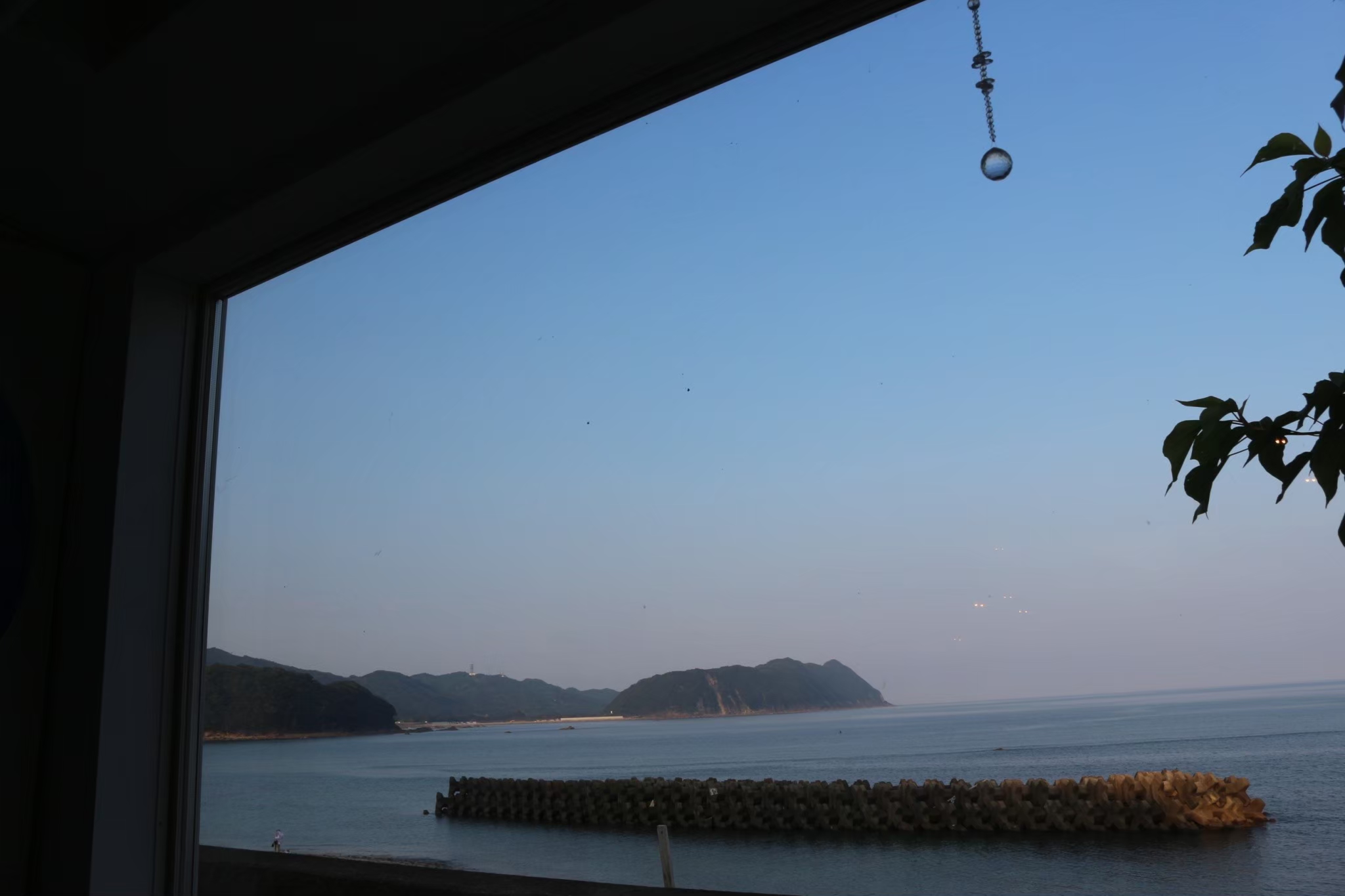
藍染に取りかかる前に連れて行きたい場所がある、とレキくんは私たちを地元の名所「轟の滝」に案内してくれました。
滝は古代より人々の信仰の場になっていて、ここももちろんそのひとつ。
森の澄んだ空気の中、心地いい水しぶきと、光が差し込んで時折現れる虹。
不意に手を合わせ、何かに祈りを捧げるーーー。
深い自然と共に生きてきた日本人であることに悦びを感じるとき。
神聖な場所を前に彼が教えてくれたのはこんなことでした。
「”海は山の恋人”って言葉、知ってるかな?
この滝の水は川に流れて、川の水は海に流れる。海の水は蒸発して水蒸気となって雲を作るよね。雲が雨を降らし、山に降り注ぎ、また滝になる。
当たり前なんだけど、自然は循環してるんだよ。今、みんな、その循環をすっかり忘れてちゃって、非循環なことばかりやっている。
山が泣いたら海も泣くし、海が泣いたら山も泣く」
大自然に還るまで忘れていた感覚。
都会ではすっかり分断されてしまっている人と森の暮らし。
ここで思い出した自然の循環を、スイムウエアという媒体を通して伝えたい。そう強く思いました。
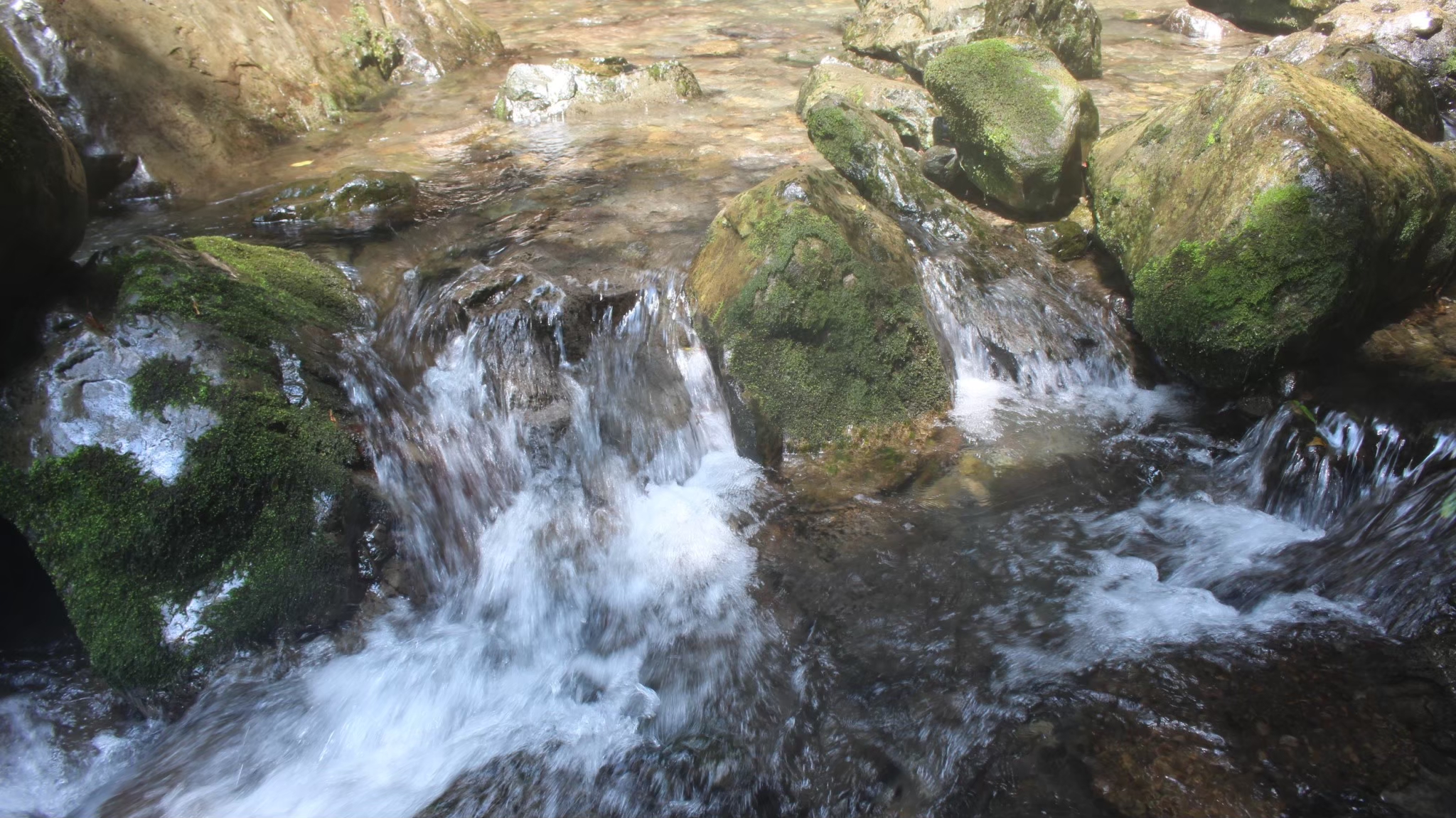
そして叶った、海しか見えない青色の工房での藍染体験。レキくんからアドバイスを受けながら完成した染め布は工房の前の海で洗い流しました。
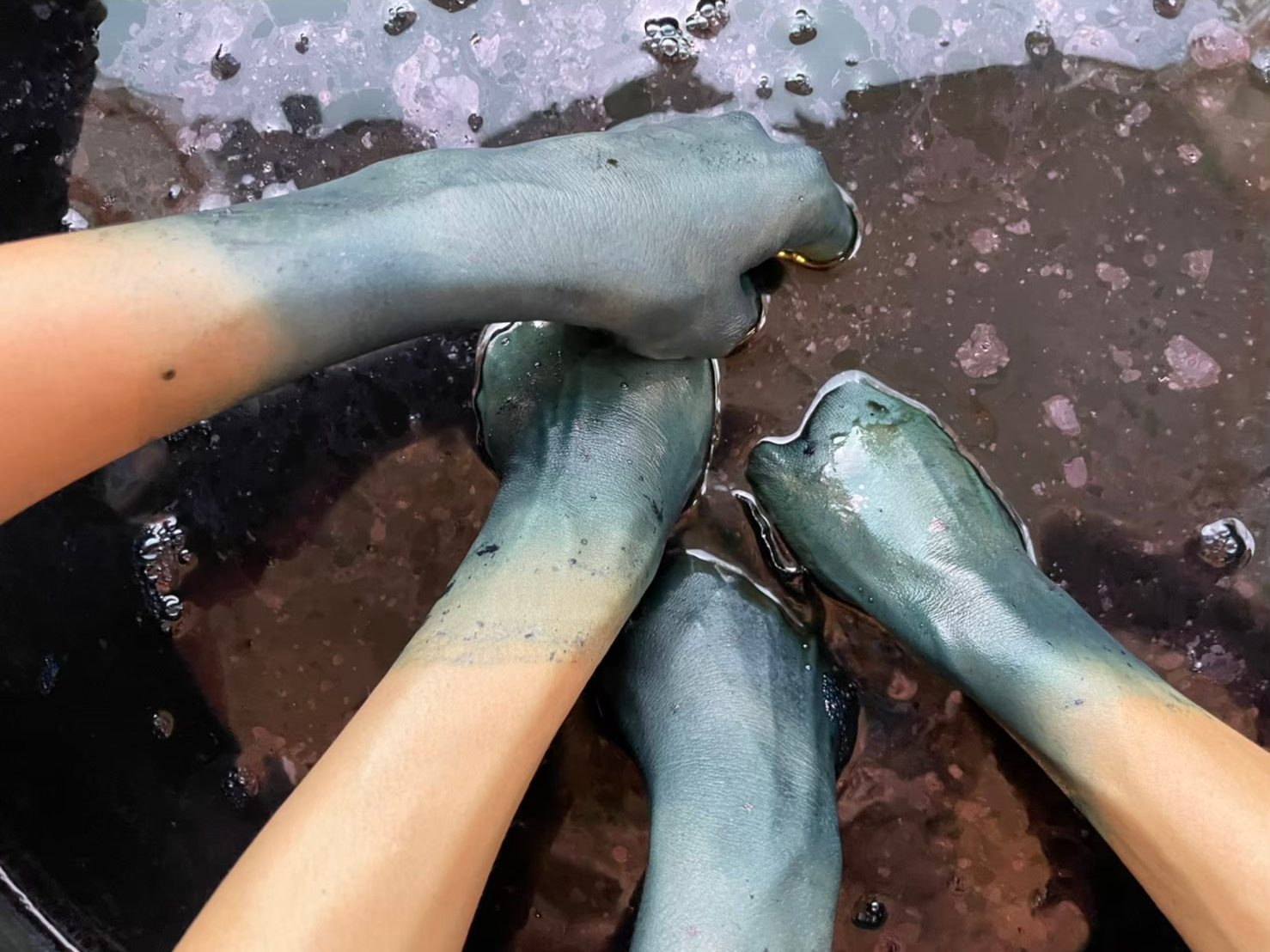
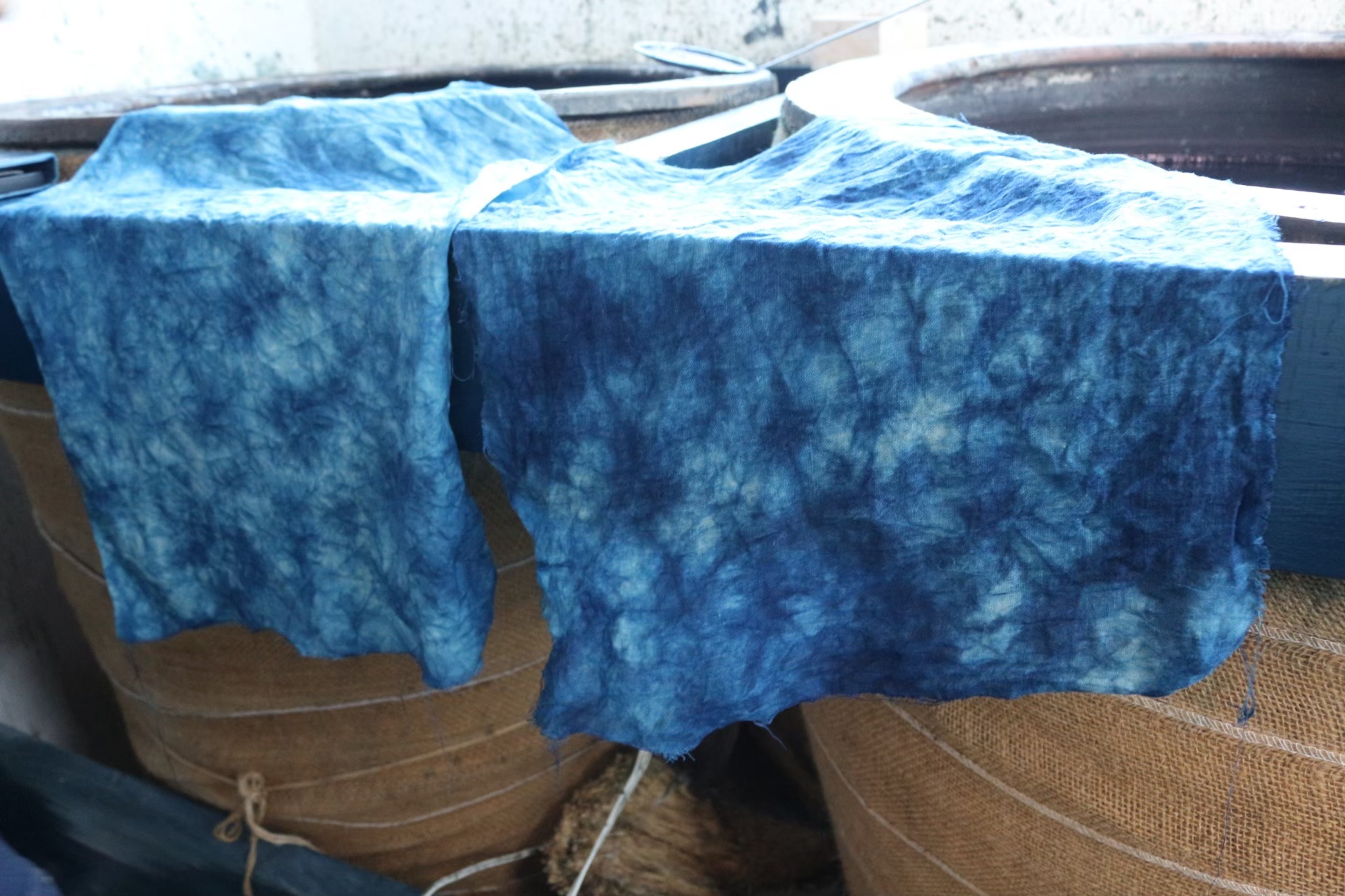
藍染は、1年に2〜3回採れるという育ちの早い藍の葉を収穫し、それを乾燥させ微生物の力で発酵させた蒅(すくも)という発酵染料をもとに染める技術で、染色したあとは海で洗い流すことができます。
その海の水はやがて水蒸気となり、山に降り注ぎ、また新たな藍が育つ。藍染も、まさに循環。
この素晴らしい伝統が教えてくれる大切なこと。eit swimらしくスイムウエアに想いをのせました。
徳島で育んだ藍染コレクションはこちらから。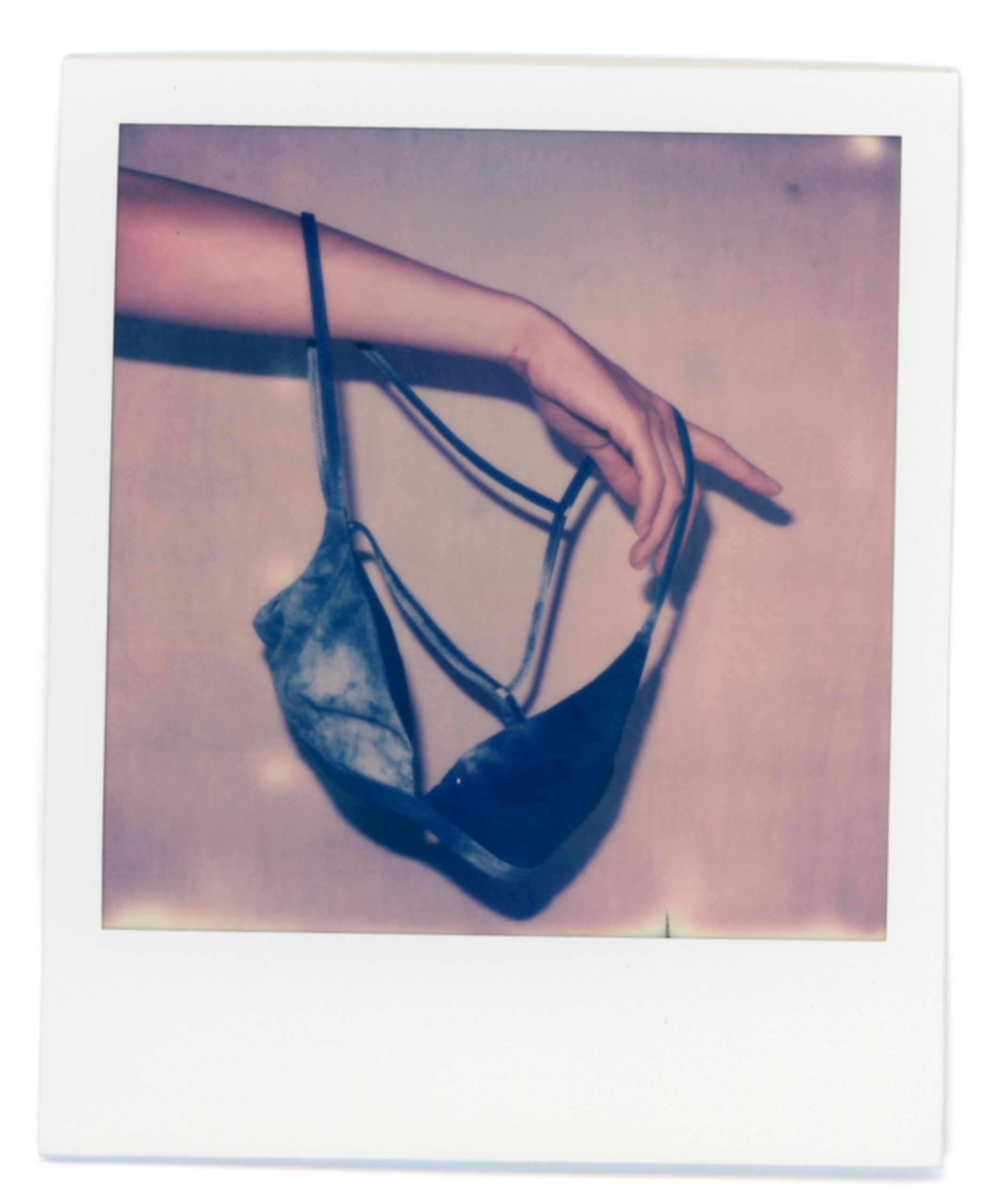
※スイムウエアはその機能性を重視する性格から、基本的に化学繊維を使用しています。
eit swimで使用しているリサイクルポリエステルやリサイクルナイロンといった
化学繊維には、残念ながら藍染は使用できません。染まってもある程度水に流れてしまいます。
なので今回は天然の麻の布に染色をして、それをスイムウエアにプリントするという方法を取りました。
※「轟の滝」の滝壺は神聖な場所として立ち入りを禁止されています。訪れる際にはご注意ください。
永原レキ/藍染家
徳島県海部郡海陽町出身。inBetweenBlues /合同会社みつぐるま 代表、Surfrider Foundation Japanディレクター。大学卒業後に国内外でサーフィンと音楽・芸術文化を学んだ後、地元徳島で藍の魅力を再発見。海辺に藍染スタジオinBetweenBluesを開設し、藍染や遍路文化、サーフカルチャーなど、青で繋がる故郷の魅力を融合させたモノ創り、場創りを通じて、自然や地元の魅力を伝える活動に取り組んでいる。
Last July, we traveled to Tokushima, on the island of Shikoku.
The purpose of the trip was Aizome(indigo dyeing) — to hand-dye the patterns for our swimwear ourselves.
Aizome is known as Japan’s oldest and most eco-friendly dyeing method.
During our visit, we learned that after dyeing, the fabric can be rinsed directly in the ocean or river to wash away the excess indigo. This is possible only because the dye is made from natural materials.
With chemical dyes, releasing wastewater into the sea would cause severe pollution — something unthinkable.
Indigo, on the other hand, has antibacterial and deodorizing properties and is now being rediscovered around the world as a sustainable natural dye.
We visited in Between Blues, an indigo dyeing studio overlooking the ocean in Kaiyō Cho — a name that means “the town where the sun rises from the sea.”
Its owner, Leki Nagahara, is a modern Aizome evangelist. A surfer himself, he beautifully connects Aizome with surf culture, sharing the beauty of nature and his local community through his work.
Before starting the dyeing process, Leki took us to a sacred local site — Todoroki Falls.
Since ancient times, waterfalls like this have been places of worship.
Surrounded by pure forest air, gentle mist, and beams of light forming occasional rainbows, I instinctively brought my hands together in prayer.
In that quiet moment, we felt the deep joy of being part of Japan — a culture that has always lived in harmony with nature.
Standing before the sacred waterfall, Leki shared something unforgettable:
“Have you heard the saying, ‘The sea is the mountain’s lover’?
The water from this waterfall flows into the river, and the river flows to the sea.
The ocean water then evaporates into clouds, which rain down upon the mountains, becoming waterfalls again.
Nature is always in circulation — but today, many people have forgotten that.
When the mountains cry, the sea cries too. And when the sea cries, so do the mountains.”
It was a moment that reawakened something long forgotten —
the connection between people and the living forest, now so distant in city life.
We realized how much we wanted to share that sense of natural circulation through the medium of swimwear.
At the Aizome studio overlooking nothing but the blue sea, we began dyeing under Leki’s guidance.
After completing the process, we washed the dyed fabric right in the ocean in front of the studio — returning it to nature.
Aizome uses fast-growing indigo plants that can be harvested two to three times a year. The leaves are dried and fermented by microorganisms into a natural dye called sukumo.
After dyeing, the fabric can be rinsed in the sea — that same seawater will eventually evaporate, fall as rain on the mountains, and nurture new indigo plants once again.
The process itself is a perfect circle — a reflection of nature’s rhythm.
This beautiful tradition reminded us of what truly matters.
Through our swimwear, we wanted to carry that message — in the way only eit swim can.
Note:
Because swimwear must be durable and functional, it’s usually made with synthetic fibers. Unfortunately, natural indigo cannot be used on recycled polyester or nylon — the materials we use at eit swim — as the color tends to wash out.
So for this project, we dyed natural linen fabric with indigo and then printed that pattern onto our swimwear.
Please note:
The basin of Todoroki Falls is considered sacred and is closed to visitors. Please respect the site if you plan to visit.
Leki Nagahara / Aizome Artist
Born in Kaiyō Cho, Tokushima Prefecture. Founder of in Between Blues and Mitsuguruma Inc., and director of Surfrider Foundation Japan. After studying surfing, music, and art both in Japan and abroad, he rediscovered the beauty of indigo in his hometown. Through his seaside studio, he combines Aizome, the henro pilgrimage culture, and surf culture — creating works and spaces that connect people to the color blue, nature, and the spirit of Tokushima.

